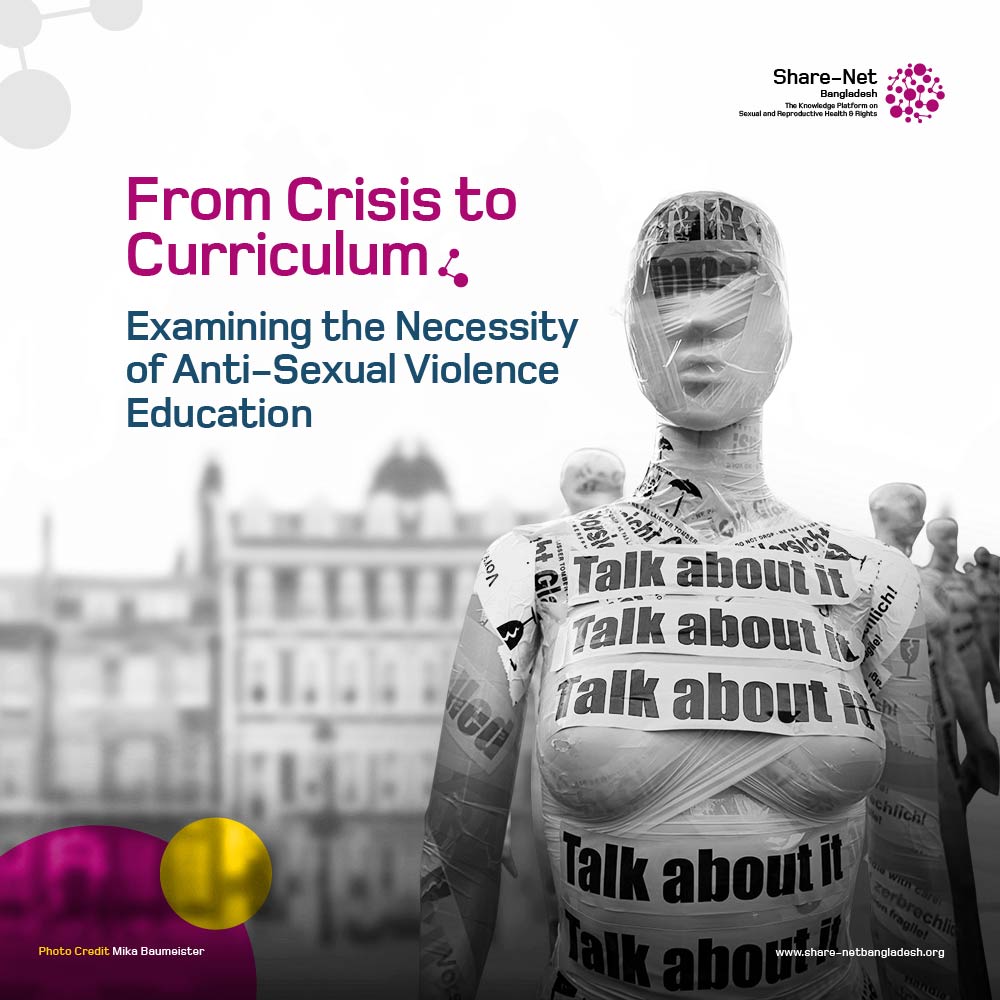From Crisis to Curriculum: Examining the Necessity of Anti-Sexual Violence Education
In recent years, sexual violence has cast a dark shadow over the sanctity of higher education institutions in Indonesia and beyond. The education sector, intended to be a haven for learning, has unfortunately become a breeding ground for incidents of sexual violence. This heinous crime, recognized internationally as a violation of human rights and a crime against humanity, demands urgent attention, particularly within the realm of higher education.
Recent studies, conducted using qualitative methods and a literature study approach, have shed light on the alarming prevalence of sexual violence within higher education in Indonesia. Shockingly, the numbers have continued to rise each year since 2014, with documented cases reaching a staggering 147 in the city of Cirebon in 2018 alone (Rahman & Sarip, 2021). This disturbing trend underscores the pressing need for comprehensive anti-sexual violence education in tertiary institutions.
Sexual violence is not confined to national borders; it’s a global issue affecting vulnerable populations, especially women and children. Even in conflict zones, such as the Dara’a and Quneitra areas, 40% of 190 women and children seeking humanitarian assistance fell victim to sexual violence (Hilmi & Airlangga, 2019). The urgency of addressing sexual violence on a global scale cannot be overstated.
Gender-based violence is intricately linked to the broader issue of gender equality. Theories of nurture, equilibrium, and nature underscore the need to challenge societal norms and stereotypes that perpetuate gender-based violence. It is imperative to cultivate awareness and promote gender equality to eradicate the seeds of sexual violence (Zham-Zham et al., 2022).
Anti-sexual violence education in higher education institutions can take various forms, ranging from innovative learning models to active student involvement. Service learning, a concept deeply rooted in educational studies, encourages students to actively participate in society, addressing real-world issues like sexual violence (Jacoby, 2009). By incorporating anti-sexual violence values into the curriculum, educators can equip students with both knowledge and a sense of responsibility.
Moreover, various student organizations can play a crucial role in fostering an anti-sexual violence culture within the campus environment. Civic engagement, a cornerstone of good citizenship, can be cultivated through participation in programs aimed at raising awareness and preventing sexual violence (Theiss-Morse & Hibbing, 2005).
The urgency of anti-sexual violence education for higher education students cannot be overstated. By actively involving students in learning models that address this critical issue and promoting gender equality, we can hope to create a generation of informed, responsible citizens ready to combat sexual violence in all its forms.
It is time for higher education institutions to prioritize the safety and well-being of their students, ensuring that campuses truly become the safe havens they are meant to be. The fight against sexual violence starts in the classroom, and it is a fight we cannot afford to lose.
References:
- Rahman, N., & Sarip, S. (2021). Kebijakan perlindungan anak korban kejahatan seksual di cirebon. Jurnal Hukum & Pembangunan, 50(3), 619-632.
- Hilmi, M. F., & Airlangga, U. (2019). Kekerasan seksual dalam hukum internasional. Jurist- Diction, 2(6), 2199– 2218.
- Zham-Zham, L. M., Sugiri, B., & Sulistyarini, R. (2022). Telaah kritis pengaturan pornografi di indonesia dalam perspektif teori kesetaraan gender. Jurnal Ilmiah Pendidikan Pancasila dan Kewarganegaraan, 7(1), 49-56.
- Jacoby, B. (2009). Civic engagement in higher education: Concepts and practices. John Wiley & Sons.
- Theiss-Morse, E., & Hibbing, J. R. (2005). Citizenship and civic engagement. Annu. Rev. Polit. Science, 8, 227-249.
Download Urgency of Anti-Sexual Violence Education for Higher Education Students
Source: ResearchGate
Source Contributors:
- Aulia Sholichah Iman – Nurchotimah
Indonesia University of Education - Sapriya Sapriya
Indonesia University of Education - Siti Nurbayani K
Indonesia University of Education - Susan Fitriasari
Indonesia University of Education
Picture Credit: Mika Baumeister (from Unsplash)


